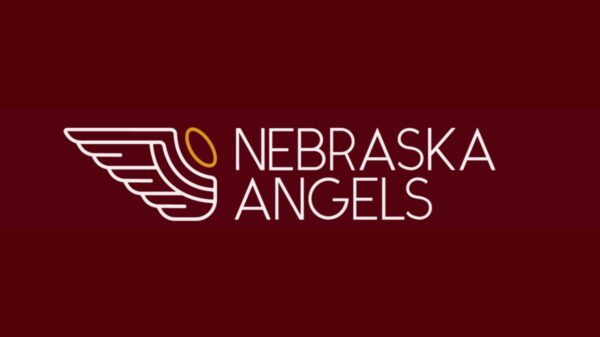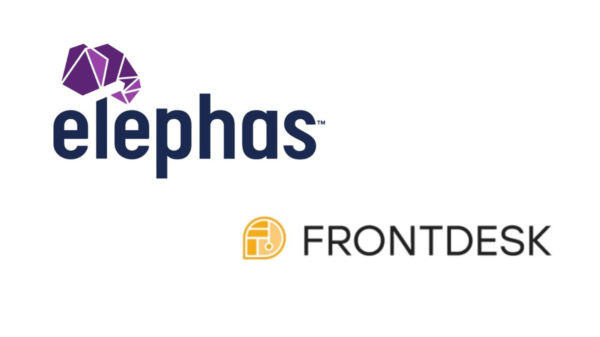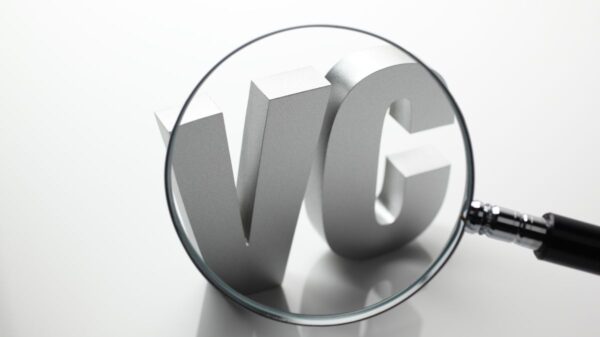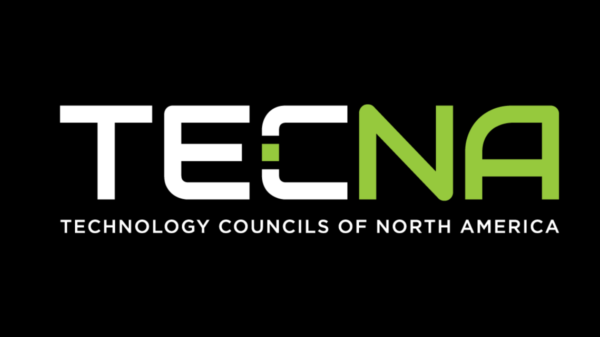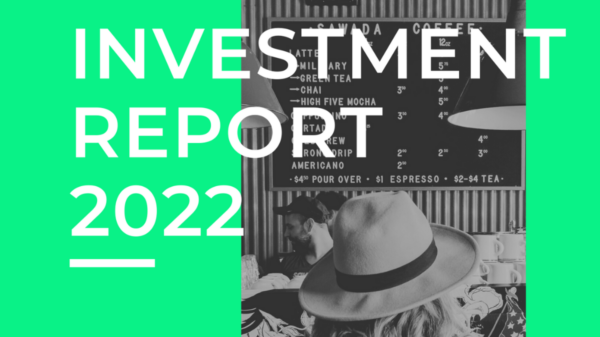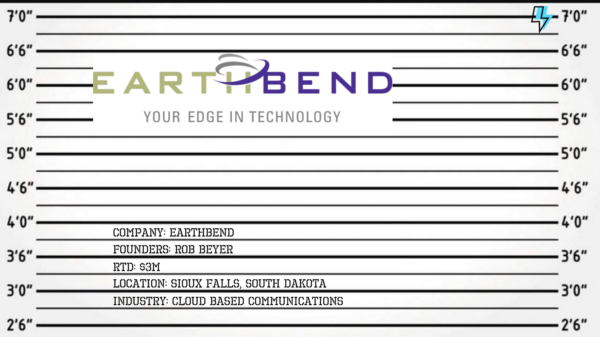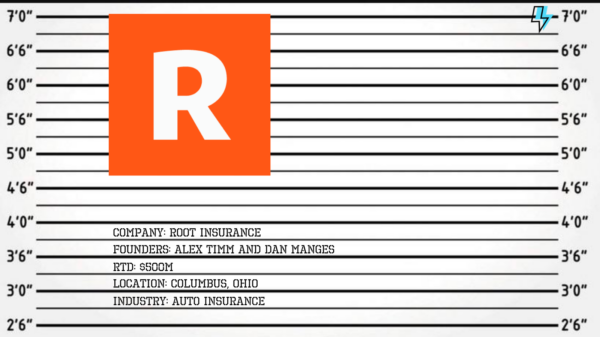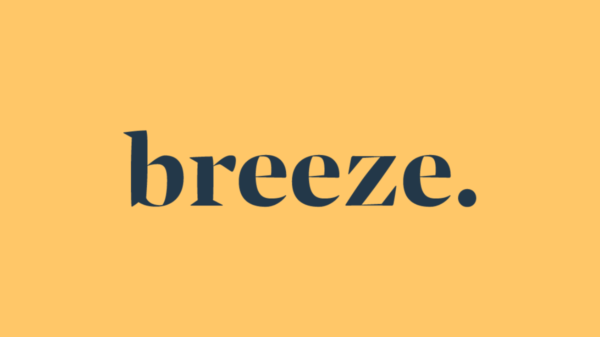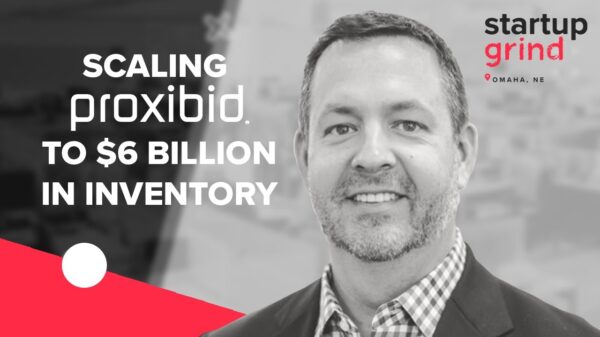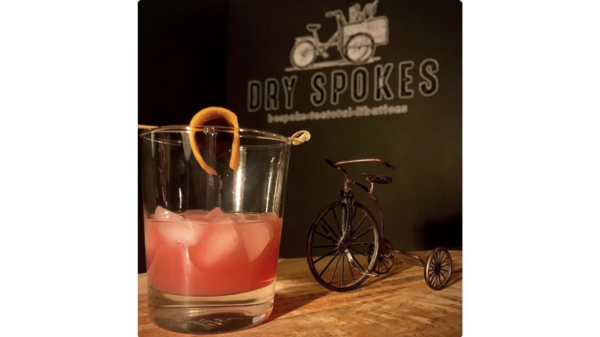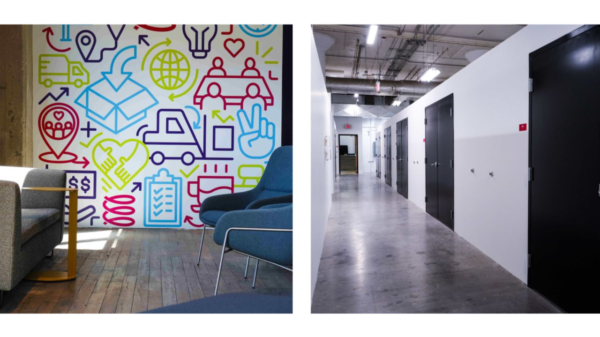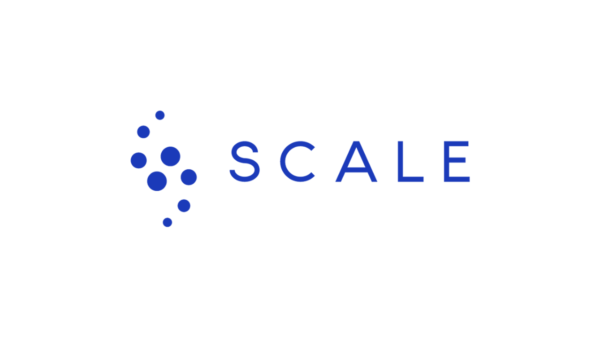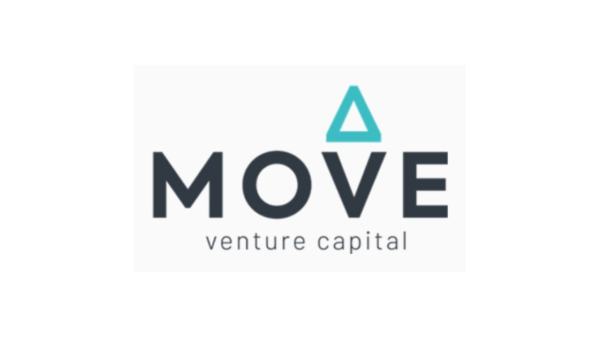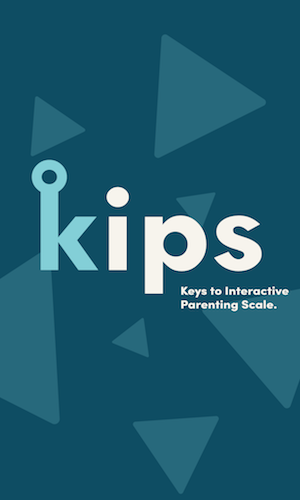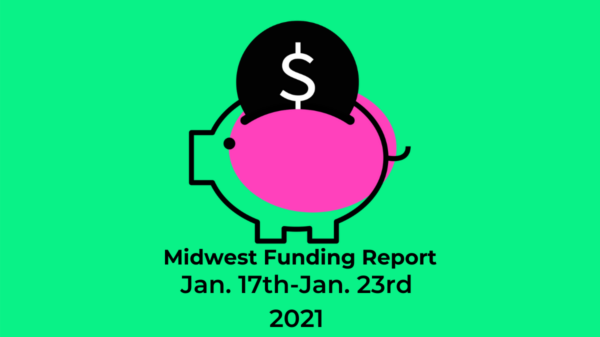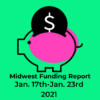Mug.News is excited to provide advice from experts that provide excellent insight for entrepreneurs and small business owners. We have recently partnered with Funnel House to provide sales and marketing insight…starting with the following article.
We have to grow more. We have to grow faster. Sound familiar?
You and your team are constantly talking about sales and growth, and if you’re not, you are probably thinking about it. You know what your sales endpoints are, but it’s a question of how to move potential customers to those endpoints.
How do we get in front of more customers?
How do you communicate our value proposition better?
How do we convert more?
How do we reduce the churn of users?
So what’s the answer? The answer lies within your sales and marketing funnels. It’s about working backward from your endpoints and understanding exactly what you need to accomplish within each stage of the funnel.
We’re going to explore some of the ways you can maximize your sales and marketing funnels, but first, let’s discuss what a funnel is.
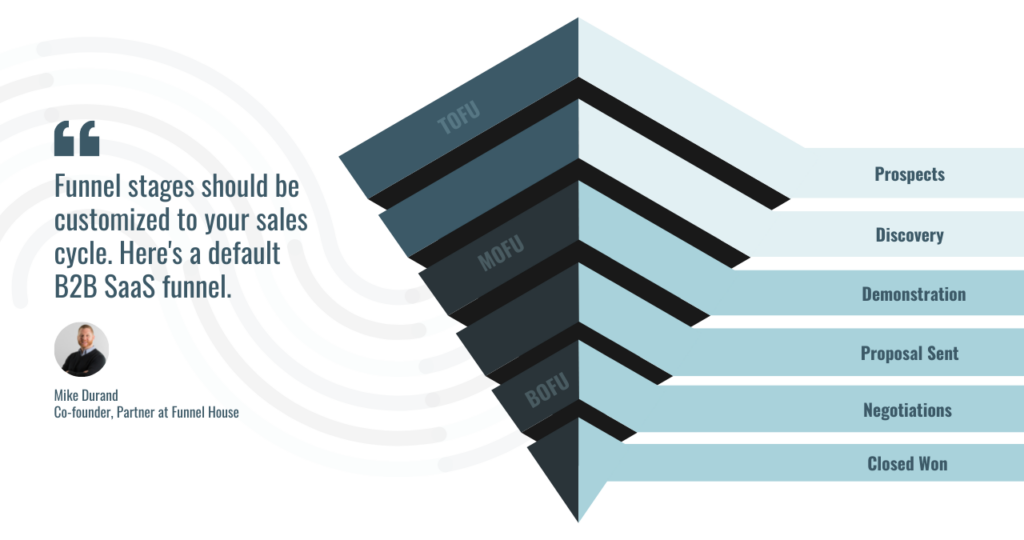
A funnel is a visual representation of the stages a prospect goes through before becoming a customer. There are three parts to most funnels – top of the funnel, middle of the funnel, and bottom of the funnel. The number of funnel stages and types of stages can differ from company to company, but in general, the top of the funnel includes prospecting, the middle of the funnel includes a product or service demonstration, and the bottom of the funnel is winning the business. The amount of prospects that move from one stage to another represents your funnel conversion. Your goal is to move as many prospects from the top of the funnel to the bottom of the funnel as possible.
There is a lot that goes into sales and marketing funnels; however, these are some of the ways that you can maximize your funnel and grow your business.
Sales Pipeline vs Sales Funnel
There is a difference between a sales pipeline and a sales funnel. A sales pipeline represents the number of opportunities you’re working and the size or value of the opportunities. When you have a forecasting meeting, you’re reviewing what’s in the pipeline and when you think those deals will close. As we discussed earlier, a sales funnel is a visual representation of the stages a prospect goes through. You use cohort data to measure your sales funnel for a certain period of time. For example, to understand how effective and efficient you were at winning business or acquiring customers last quarter, you’ll want to use a sales funnel. To understand which deals you are close to signing, you’ll want to use a sales pipeline.
Qualify your prospects
A lot of people think salespeople should be able to sell any product or service to people that otherwise wouldn’t need that product or service. Afterall, that’s why they are in sales and why they get paid the big bucks. The truth is, sales is really about positioning yourself in a way that addresses the needs of the prospect. The best salespeople qualify their prospects to the point that they know for what their prospects are trying to solve, who is making the buying decision, what their budget is, what competitors they are considering, when they will be making a decision, and more. Then they position themselves, their product, or their service as the best solution to meet those needs.
However, one of the biggest mistakes salespeople make is spending too much time on poor fit prospects. This is where qualifying your prospects comes in. If you don’t qualify your prospects properly you’ll spend too much time on prospects that won’t close. Deals will get stuck in your pipeline and eventually drop out entirely. If you spend too much time on prospects that aren’t good fits or aren’t ready to make a buying decision, you’ll fail.
Measure everything
Sales is a spectrum of art and science. Where you fall on that spectrum depends on your industry, your product or service, enterprise or SMB focus, and more. However, no matter where you fall on the spectrum, the science of sales is incredibly important. You need to measure many things that relate to getting to your funnel endpoints – not just deals or revenue. For the sales funnel, that includes prospecting activities, conversion rates, email open and reply rates, talk time, appointment hold rates, deal economic data, etc. As a sales leader, this data will help you understand how you’re doing and where you need to improve. But it isn’t just sales leaders that need to measure this data. Sales reps need to know and understand this data too. The best reps know their sales funnel conversion rates, which activities and templates get them the best results, and how much activity, and how many appointments they need to hit their goals. There are a lot of companies that can help you collect, measure and analyze this data. The important thing is to make sure you’re getting what you need. Even if it’s expensive, not having the data and visibility will cost you more.
Fix any leaky funnels
Earlier we discussed what a funnel is. Now we’re going to talk about how you can use it. The funnel helps you identify where you are losing prospects. These are often referred to as leaky funnels or leaky buckets. Once you’ve identified your leaky funnel, you’ll want to solve for them. Understanding where in the funnel you’re losing prospects is incredibly valuable because it tells you which part of the funnel you need to solve for. For example, let’s say one of your sales reps missed their goal last month. When looking at their sales funnel activity you see they had enough qualified opportunities in the top of the funnel. Those opportunities are getting to a demonstration stage, but a small percentage of the prospects seeing the demonstration are sent a proposal. They are winning the proposals being sent, but it wasn’t enough to hit their goals. Looking at the sales funnel in this way shows you that the rep’s product demos are a leaky bucket. Something is off during the demo that needs to be addressed. That could mean they aren’t demoing the product correctly, they aren’t tying the product back to the needs of the prospects, or they aren’t asking for the business. There are a lot of things that could be going wrong in this stage, but by properly analyzing the sales funnel, you and the rep know you need to improve your product demos.
There are two sides to your funnel
You did it! You took a prospect through your sales process and you won the deal. Congratulations! But, the work doesn’t stop there and neither does your funnel. There are two sides to your funnel. A pre-sale and post-sale funnel. Just like pre-sales funnels, the number of post-sales stages and types of stages vary by company. However, a post-sales funnel can include stages like retain, up-sell, expand, referral, and others. The post-sales funnel is where you will also measure your customer churn. Your post-sales funnel is just as important as your pre-sales funnel, and in some cases it might even be more important. As you grow your business and acquire more customers, make sure you map out the entire customer journey through your pre-sales and post-sales funnels.
Sales and marketing funnels are essential tools to growing your business. Implementing best practices like these will help you optimize your funnel and grow your business. However, optimizing your funnel takes consistent management. It constantly evolves. Measuring and evaluating your sales and marketing funnels on a regular cadence will allow you to adjust quickly and identify gaps.
Funnel House is a go-to-market and sales consulting partner that helps startups and SMBs grow. We advise and assist our clients in building scalable sales and marketing operations that allow them to efficiently achieve their desired goals. For more information about Funnel House or to schedule a free consultation with our expert advisors go to www.funnel.house.
What Makes Funnel House Different?
Customized Sales Strategy: Our approach is 100% customized to your specific needs. This allows you to keep your sales costs low while still leveraging proven sales strategies to accelerate your growth.
Always Evolving: Markets are constantly changing, which means your sales approach needs to as well. Funnel House takes an always evolving approach to our process, tools, and strategies to maximize the results for our clients.
Immediate Funnel Growth: Building and scaling your in-house sales team requires a lot of time and money. Two things that you don’t have an endless supply of. With Funnel House you’re getting a highly trained and experienced sales team that can produce top-of-the-funnel results at a fraction of the time and cost of an in-house sales team.

Growth consultants that specialize in B2B sales and help implement sound fundamentals with actionable playbooks.

